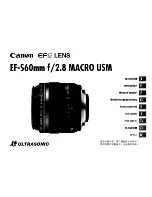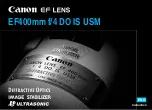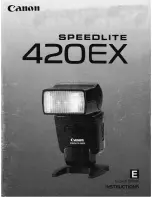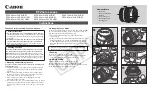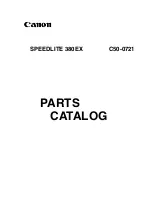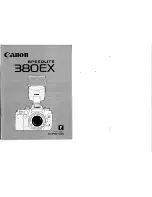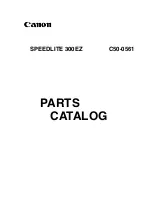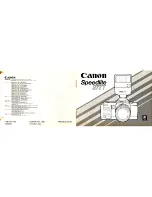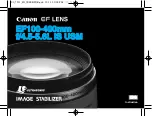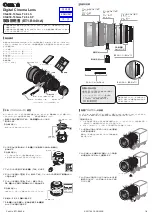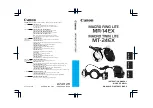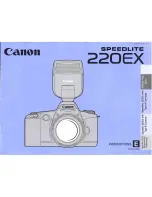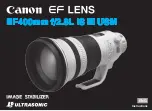21
PerkinElmer Optoelectronics
7 Target Speed Determination
7.1 Target Speed and Exposure Relationships
The following definitions apply:
Image Resolution
The number of pixels in the camera sensor array.
Spatial Resolution
The sensor array pixel dimensions mapped onto the
web dimension X. (See Figure 5 on page 9)
Feature Resolution The smallest feature to be imaged by the camera.
The target speed derives from the chosen feature size D and is limited by the
minimum Line Period values defined in Table 1 on page 8. The chosen feature
size must equal at least 2 times the effective Y spatial resolution to satisfy the
Nyquist criterion such that at least 2 effective contiguous y samples are provided
for unambiguous detection of the feature of size D.
The effective y resolution is defined by the static spatial reso an effective
y dimension elongation that is determined by the target velocity and time of
exposure. The choice of D must satisfy the following:
pixels
of
X
D
y
eff
#
2
>
=
Once D has been chosen then the target velocity is determined by:
Period
Line
Min
y
V
eff
web
.
=
The following is a derivation of the relationships that define the effective
Y
spatial resolution
eff
y
in terms of target velocity
web
V
and exposure time
exp
t
.
The static spatial resolution is:
pixels
of
X
y
x
static
static
#
=
=
The effective spatial resolution
eff
y
due to target velocity
web
V
along the y axis is
given by:
exp
exp
*
#
*
t
V
pixels
of
X
t
V
y
y
web
web
static
eff
+
=
+
=
from which the exposure
exp
t
may be calculated given a target velocity
web
V
as
follows:
web
eff
V
pixels
of
X
pixels
of
y
t
*
#
*#
exp
-
=

